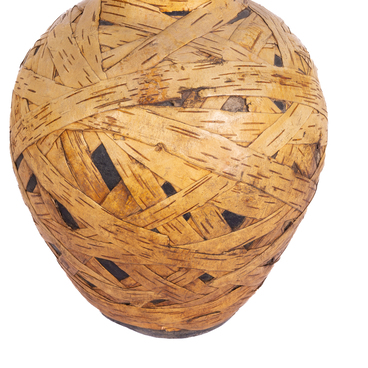In the 19th century, the Russian Empire began to actively develop clockmaking. If prior floor and wall clocks had decorated the living rooms of noble houses, then artisans and craftsmen began to design more affordable models — weight clocks. The Friedrich Brockhaus and Ilya Efron Encyclopedic Dictionary (1903) described them as “cheap and inelegant wall clocks, so-called ‘khoduntsy’ or ‘yokalschiki”.
The report of the Supreme Council of National Economy of the 1920s refers to these clocks as “peasant-type clocks” and states that “more than 1,500,000 of these primitive clocks were manufactured each year”.
A weight-driven clock had a wooden case with a mechanism inside and a metal dial attached to it. At the end of the 19th century, such clocks were popular among well-off peasants and those who worked in town factories and plants. The price of clocks was quite affordable. But peasants who lived far from cities, as a rule, did not know how to use them: they did not know Roman numerals, could neither wind nor, if necessary, repair the device. That is why clocks often served not as a timekeeping device, but as a prestigious interior item. The images of clocks often decorated Vologda trunks, Severodvinsk and Gorodetsk distaffs, Volga saltcellars and gingerbread boards.
“Clocks are for beauty, and time by the sun”, village people used to say. During the summer field work, time was calculated by the position of the sun in relation to prominent points of the landscape or by the length of a human shadow. There was also a sort of sundial in the houses: notches were made on the bench or windowsill and the time of breakfast, lunch and dinner was told by the rays falling on them. A special device was required only on dark winter evenings. Factory whistles, which marked the beginning and end of the working day, served as a time reference for factory peasants.
In southern regions, soldiers were considered to be experts in clocks. One could buy a pocket watch from them and be taught to “read” the time on the dial. They were also able to tell the exact time and could check the correctness of the home weight clocks.
This clock was manufactured at the factory of the Boruch Reinin Trading House in Moscow, one of Russia’s largest clock manufacturers. Its dial is decorated with a floral ornament and a reproduction of Konstantin Yegorovich Makovsky’s painting “Before the Wedding” (1890).

